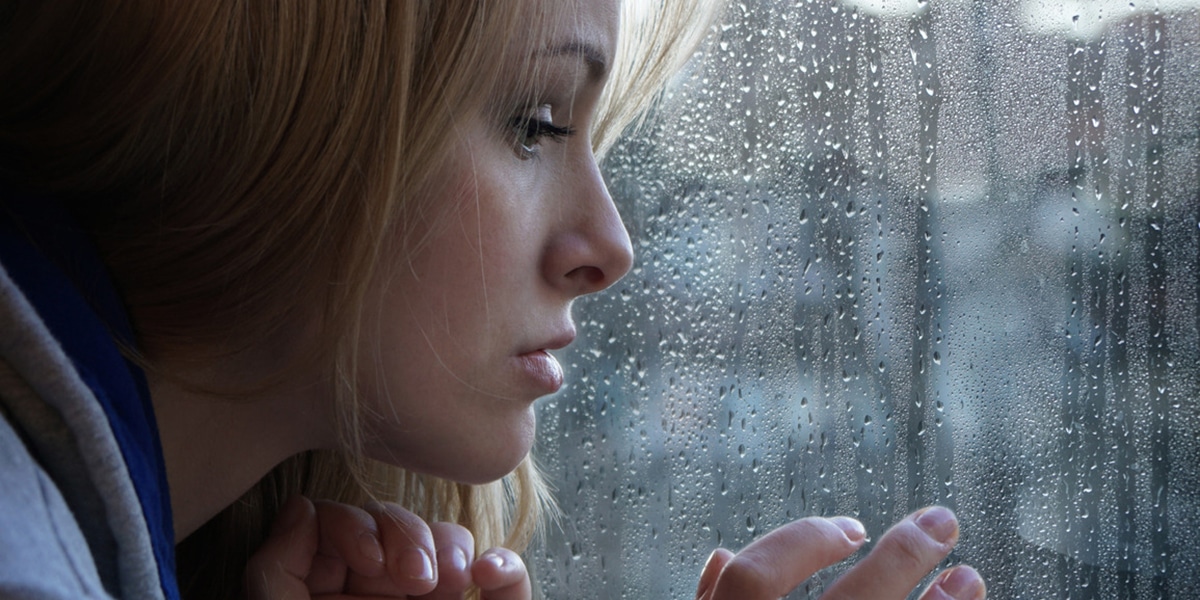Each year many retirees leave their homes in the cold North to spend the winter season in a warmer state. Not to mention the families who take off for a sunny vacation as soon as the kids start winter break. Can you blame them? The sunlight can do wonders for your mood.
Serotonin is a neurotransmitter (a chemical messenger in your body) that influences mood¹, and its production is linked to bright light. By analyzing blood samples from study participants, researchers found out how quickly serotonin is used and replaced in the brain. They compared these rates to bright light levels and found that serotonin turnover is lowest in the winter months and highest on days with more bright light². Chances are, you’ll feel happier when your serotonin production is high, and that means during the summer and on brighter days.
Scientists have identified a link between low serotonin levels and depression¹. A type of major depression, Seasonal Affective Disorder (SAD), is thought to be caused by a serotonin regulation problem due to seasonal sunlight changes. Individuals suffering from SAD experience symptoms of depression only during certain parts of the year, such as winter. Other factors like melatonin (the “sleep hormone”) and vitamin D levels could also play a role, but more research needs to be done to identify what exactly causes SAD³.So what should you do if you’re feeling down in the winter when the sun isn’t shining? First, it’s important to note that there’s a difference between feeling down for a few days and having depression. If your condition is mild, try letting more natural light into your space, and increasing your activity level by taking walks outside or exercising indoors. Also, try your best to maintain a healthy diet with sufficient protein and vitamins⁴. If your condition is severe, your first step should be talking to your doctor. Depending on your situation, they may recommend phototherapy, where you sit in front of a special light source for a certain amount of time. For more serious cases, your doctor may prescribe antidepressants that can help revive your serotonin levels⁵.
Sunlight is a double-edged sword – while it has the potential to boost our moods, too much can put us at risk of premature aging and skin cancer. The production of serotonin in response to sunlight relies on light hitting the retinas of your eyes⁶, so don’t worry, you can still reap the mood-boosting benefit of sunlight while wearing SPF30+ sunscreen!Sources:
- McIntosh, J. (2016). Serotonin: Facts, What Does Serotonin Do? Retrieved July 7, 2016
- Lambert, G. W., Reid, C., Kaye, D. M., Jennings, G. L., Esler, M. D. (2002). Effect of sunlight and season on serotonin turnover in the brain. Lancet, 360(9348):1840-2. Retrieved July 7, 2016
- Melrose, S. (2015). Seasonal Affective Disorder: An Overview of Assessment and Treatment Approaches. Depression Research and Treatment 2015. Retrieved July 7, 2016
- Reader’s Digest Best Health. (n.d.). Natural home remedies: Seasonal affective disorder (SAD). Retrieved July 8, 2016
- Coryell, W. (n.d.). Depression. Retrieved July 8, 2016
- Haugan, I. (2013). Beating the winter blues. Retrieved July 7, 2016



